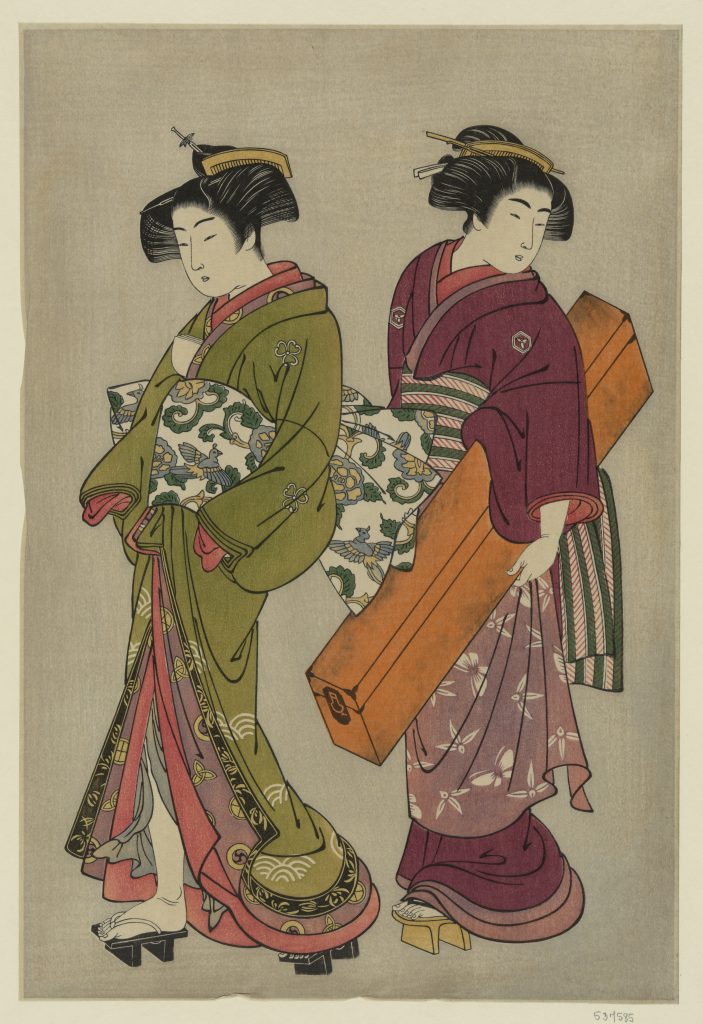Colours of the Floating World
Ukiyo-e is a Japanese art style that would emerge during the Edo Period (Tokugawa Shogunate) in the late 17th century. The term Ukiyo-e translates to Pictures of the Floating World. The Floating World was homophonous to an ancient Buddhist term that means “sorrow and grief.” Contextually the term was used to mean erotic, stylish, or anything to do with hedonism. As a result, the early subjects of Ukiyo-e could be found in the red-light district ranging from prostitutes, courtesans, actors, and erotica. As the style matured, pieces of everyday scenes of the general public would also be produced. Ukiyo-e would inevitably cause a craze in the western hemisphere with the art movement of japonisme.
(Which was not unlike the spread of anime-inspired art we have today)
Ukiyo-e and japonism would go on to influence the impressionist, post-impressionist, and art nouveau movements.
Early Ukiyo-e were influenced by Emaki (traditional paper scrolls) and were hand painted. As a result, much of this work was monochromatic and would only use one or two colours at most. It would not be until the introduction of woodblock printing that we would begin to see many more polychromatic compositions.

(sometimes consisting of more than ten colours!)
Each unique colour would require its own woodblock and the pigment would be applied to it with a brush. This would result in a very thin and flat colour.

Late pieces would have rich colour palettes consisting of radiant reds, vivid blues and greens, and stark blacks. Even with the impressiveness of the available colour palette, colour use would be deliberate with the use of patterns and flat fills. Flat colour would often be used to counterbalanced with dynamic subject matter. Plain backgrounds and negative space would be used to contrast with the coloured portions in order to direct attention. Simple colour schemes were engineered to have a harmonious and bold impact.

Ultimately, Ukiyo-e would find its biggest strength in its simplicity.
You can find many Ukiyo-e prints here!
Sources
- https://makingamark.blogspot.com/2008/03/principles-of-design-and-composition.html
- https://mymodernmet.com/ukiyo-e-japanese-woodblock-prints/
- https://www.sciencedirect.com/science/article/pii/S0026265X17308998
- https://www.khanacademy.org/humanities/art-asia/art-japan/edo-period/a/the-evolution-of-ukiyo-e-and-woodblock-prints
- Meggs’ History of Graphic Design 5e by Philip B. Meggs, Alston W. Purvis